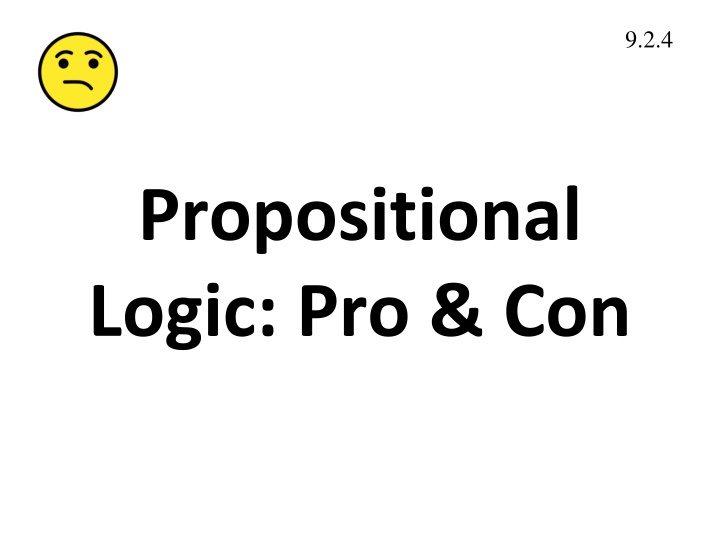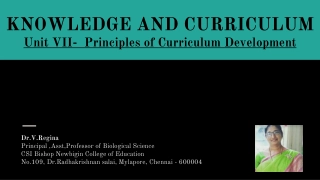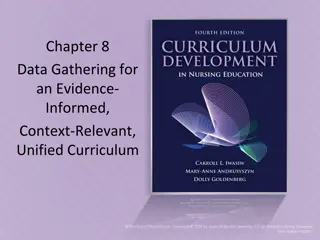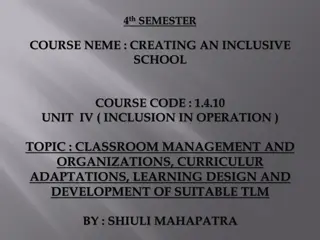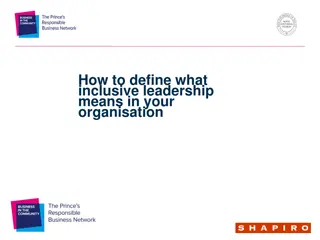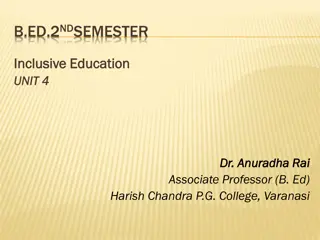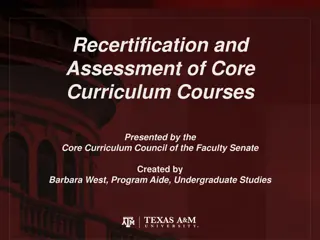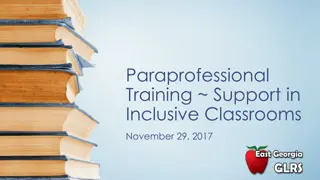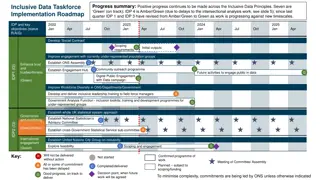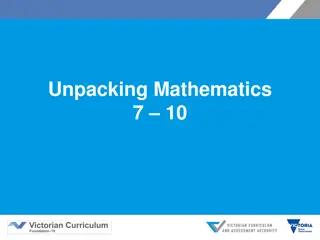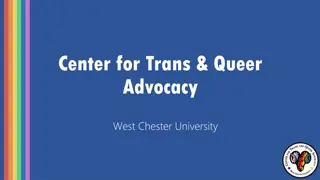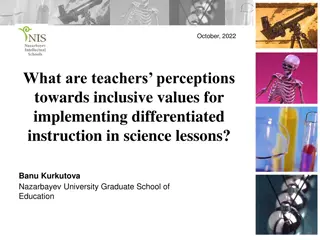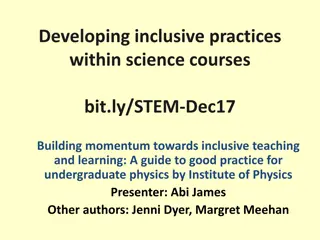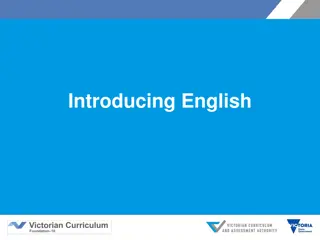Creating an Intersectional and Inclusive Curriculum
Focusing on the LiberatEd initiative by Edinburgh University Students' Association, this curriculum aims to challenge dominant narratives and promote diversity, inclusion, and critical thinking. Addressing underrepresentation, discrimination, and educational environments, this initiative seeks to empower marginalized voices and enhance student engagement and satisfaction.
Uploaded on Mar 04, 2025 | 0 Views
Download Presentation

Please find below an Image/Link to download the presentation.
The content on the website is provided AS IS for your information and personal use only. It may not be sold, licensed, or shared on other websites without obtaining consent from the author.If you encounter any issues during the download, it is possible that the publisher has removed the file from their server.
You are allowed to download the files provided on this website for personal or commercial use, subject to the condition that they are used lawfully. All files are the property of their respective owners.
The content on the website is provided AS IS for your information and personal use only. It may not be sold, licensed, or shared on other websites without obtaining consent from the author.
E N D
Presentation Transcript
9.2.4 Propositional Logic: Pro & Con
Propositional logic: pro and con Advantages Simple KR language good for many problems Lays foundation for higher logics (e.g., FOL) Reasoning is decidable, though NP complete; efficient techniques exist for many problems Disadvantages Not expressive enough for many problems Even when it is, it can very un-concise
PL is a weak KR language Hard to identify individuals (e.g., Mary, 3) Can t directly represent properties of individuals or relations between them (e.g., Bill age 24 ) Generalizations, patterns, regularities hard to represent (e.g., all triangles have 3 sides ) First-Order Logic (FOL) represents this informa- tion via relations, variables & quantifiers, e.g., John loves Mary: loves(John, Mary) Every elephant is gray: x (elephant(x) gray(x)) There is a black swan: x (swan(X) ^ black(X))
Hunt the Wumpus domain Some atomic propositions: A12 = agent is in call (1,2) S12 = There s a stench in cell (1,2) B34 = There s a breeze in cell (3,4) W22 = Wumpus is in cell (2,2) V11 = We ve visited cell (1,1) OK11 = cell (1,1) is safe Some rules: S22 W12 W23 W32 W21 S22 W12 W23 W32 W21 B22 P12 P23 P32 P21 W22 S12 S23 S32 W21 W22 W11 W21 W44 A22 V22 A22 W11 W21 W44 V22 OK22 If there s no stench in cell 2,2 then the Wumpus isn t in cell 21, 23 32 or 21
Hunt the Wumpus domain Eight symbols for each cell, i.e.: A11, B11, G11, OK11, P11, S11, V11, W11 Lack of variables requires giving similar rules for each cell! Ten rules (I think) for each A11 V11 P11 P11 B11 B11 W11 W11 S11 S11 8 symbols for 16 cells => 128 symbols 2128 possible models Must do better than brute force
After third move We can prove that the Wumpus is in (1,3) using these four rules See R&N section 7.5 (R1) S11 W11 W12 W21 (R2) S21 W11 W21 W22 W31 (R3) S12 W11 W12 W22 W13 (R4) S12 W13 W12 W22 W11
Proving W13: Wumpus is in cell 1,3 Apply MP with S11 and R1: W11 W12 W21 Apply AE, yielding three sentences: W11, W12, W21 Apply MP to ~S21 and R2, then apply AE: W22, W21, W31 Apply MP to S12 and R4 to obtain: W13 W12 W22 W11 Apply UR on (W13 W12 W22 W11) and W11: W13 W12 W22 Apply UR with (W13 W12 W22) and W22: W13 W12 Apply UR with (W13 W12) and W12: W13 QED (R1) S11 W11 W12 W21 (R2) S21 W11 W21 W22 W31 (R3) S12 W11 W12 W22 W13 (R4)S12 W13 W12 W22 W11 Rule Abbreviation MP: modes ponens AE: and elimination R: unit resolution
Propositional Wumpus problems #1 Lack of variables prevents general rules Encoding that any cell we ve visited is safe just requires one FOL sentence: x, y V(x,y) OK(x,y) Encoding that a stench implies the Wumpus is nearby is also simple x, y S(x,y) W(x-1,y) W(x+1,y) Though adjusting for the world edges complicates it, but that s easy to fix
Propositional Wumpus problems #2 Change of KB over time hard to represent In classic logic; a fact is true or false for all time A standard technique is to index dynamic facts with the time when they re true A(1, 1, 0) # agent was in cell 1,1 at time 0 A(2, 1, 1) # agent was in cell 2,1 at time 1 Thus, we have a separate KB for every time point
Propositional logic summary Inference: deriving new sentences from old Sound inference derives true conclusions given true premises Complete inference derives all true conclusions from premises Different logics make different commitments about what world is made of and kinds of beliefs we can have Propositional logic commits only to existence of facts that may or may not be the case Simple syntax & semantics illustrates inference process Sound, complete and fast proof procedures It can be impractical or cumbersome for many worlds
Fin Fin 11
